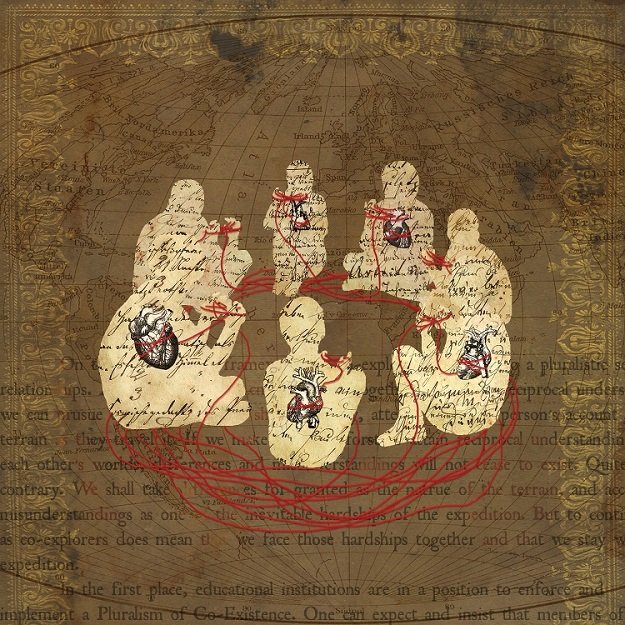Some thoughts about the vital crises of development and strategies to overcome. /part 5/
Crisis of puberty. This is a "mandatory", clear crisis. Through it passes every person with normal development. All authors equalize it with importance to the crisis of the third year because, as in the crisis of the third year, the person is born, so through the crisis of puberty is the beginning of transition from childhood to adulthood.It is quite lengthy and can even cover a period of 1-1.5 years. This crisis can occur, and so to speak, of "pushing" - short crisis intervals, which alternate with a time of return to the stability of the middle childhood.
It could be said that this crisis is related to: 1. Physiological and hormonal changes. 2. Another sign of the crisis is that the restructuring of cognitive processes related to the transition from visual to logical thinking takes place. 3. Change in attitude towards yourself and others. Describing the crises in a person's life, Eriksson believes that there is no obligation to run between two consecutive epigenetic stages, but he convincingly justifies a major life-cycle crisis and that is the identity crisis in adolescence. It is tematized and discussed because it is often experienced during adolescence. But a crisis of identity can always be experienced through maturity and old age.
Any dramatic turnarounds in the life path can "unlock" an identity crisis: unexpected disability; unemployed, retired workers, etc. Investigating the phenomenology of crisis experiences, E. Erickson describes other crises, as has been said above, but one of the most discussed is the crisis of the middle of life. The crisis model of psycho-social development has been criticized by many scientists. In this respect, the American anthropologist Margaret Meade is most well-known. Some authors are inclined to accept a compromise way of survival between the crisis and the creep, called "life transition" by D. Lewinson. This is actually a softened version of developmental crisis. It is assumed that life transitions are observed more often than crises.
But it depends on the subject's time, culture and individuality. Levinsson focuses on the mid-life transition - 40-45 years, because there is the process of individualisation - self-becoming, full self-acceptance. At this point, one connects his early age with the middle and the later. In fact, the time, the seasons in terms of the scope of human life - life span, life, represent the broad framework of the concept of the human life cycle and the development of the adult.
